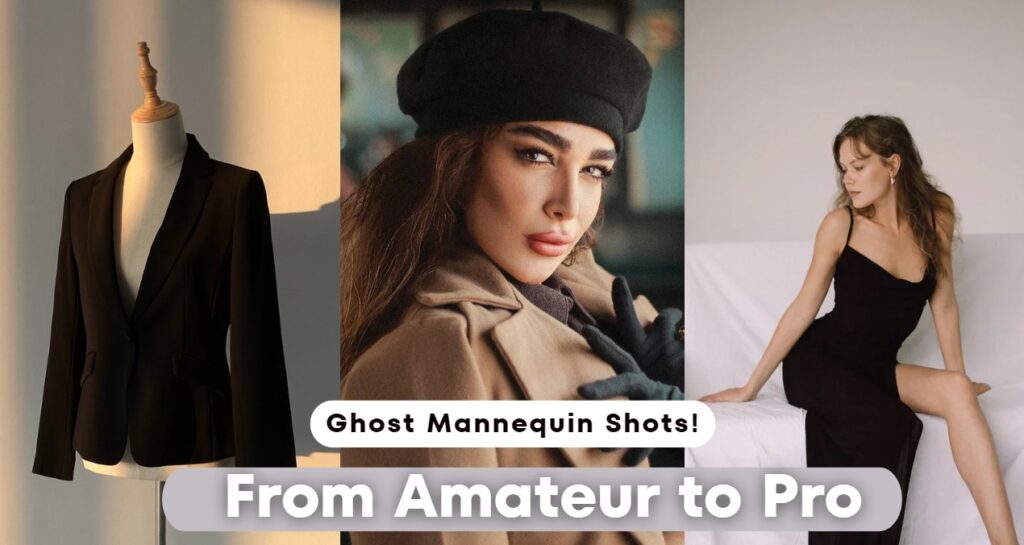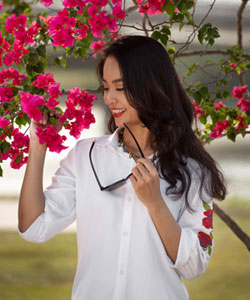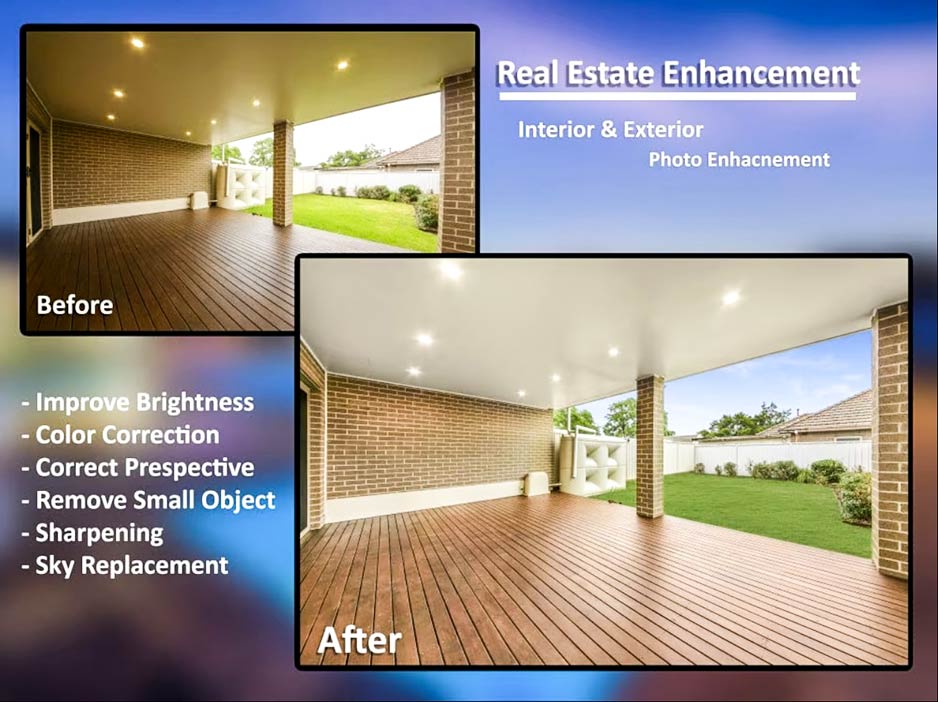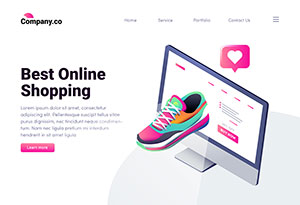
Introduction
Ghost mannequin photography is an essential technique for creating visually striking images of clothing items without the distraction of a model. This method provides a realistic representation of how garments look when worn, showcasing their fit and details effectively. With the rise of online shopping, mastering ghost mannequin photography has become crucial for e-commerce success. This article will guide you through the necessary equipment, preparation, techniques, and post-processing tips to help you perfect this art and enhance your product visuals.
What is Ghost Mannequin Photography?
Ghost mannequin photography, also known as invisible mannequin photography, is a technique used to create a three-dimensional effect for clothing items, giving them a natural, realistic look without the presence of a model. This approach highlights the garment’s features and details, making it an essential tool for fashion and e-commerce photography.
Importance of Ghost Mannequin Photography in E-commerce
In the competitive world of e-commerce, presenting products in the most appealing way is crucial. Ghost mannequin photography allows online retailers to showcase their clothing items effectively, providing potential buyers with a clear view of how the garments fit and look from various angles. This technique enhances the shopping experience by creating a more professional and polished appearance.
Overview of the Article
This article will guide you through the essentials of ghost mannequin photography, including the necessary equipment, preparation techniques, photography methods, and post-processing tips. By following these steps, you’ll be able to master the art of ghost mannequin photography and elevate your e-commerce visuals.
Essential Equipment for Ghost Mannequin Photography
Camera and Lens Selection
The foundation of successful ghost mannequin photography begins with the right camera and lens. A DSLR or mirrorless camera with a high-resolution sensor is ideal for capturing sharp, detailed images. For lenses, a standard zoom lens (24-70mm) or a macro lens (50mm) provides versatility and precision, allowing you to capture both wide shots and close-up details.
Lighting Setup
Proper lighting is crucial in ghost mannequin photography to ensure that the garments are well-illuminated and shadows are minimized. Use softbox lights or continuous lighting setups to create even, diffused light that reduces harsh shadows. Lighting from multiple angles can help highlight the garment’s texture and details without creating unwanted reflections.
Tripods and Supports
A sturdy tripod is essential for maintaining consistent framing and avoiding camera shake. For added stability, consider using a light stand or a monopod to support additional lighting equipment. These tools ensure that your shots are crisp and steady, resulting in professional-quality images.
Background and Backdrop Choices
Choosing the right background or backdrop is important to keep the focus on the clothing item. A seamless white or neutral-colored backdrop works well for ghost mannequin photography, as it allows the garment to stand out without distractions. Ensure the backdrop is free of wrinkles and imperfections to achieve a clean, professional look.
Mannequins and Props
The type of mannequin you use will affect the final outcome of your photos. A ghost mannequin, often designed with removable parts, allows you to photograph the garment as if it’s being worn, without showing the mannequin itself. Additionally, use props like garment hangers or pins to ensure the clothing is positioned correctly and stays in place.
Preparing for a Ghost Mannequin Photoshoot
Setting Up Your Studio Space
Create a dedicated studio space for ghost mannequin photography to maintain a controlled environment. Ensure the area is clean, well-lit, and free of clutter. Set up your lighting, backdrop, and camera equipment in advance to streamline the shooting process and minimize interruptions.
Preparing Your Clothing and Accessories
Before the shoot, iron or steam the clothing to remove any wrinkles. Ensure all accessories and details are in place and properly arranged. If you’re photographing multiple items, organize them by type and color to facilitate a smooth workflow during the shoot.
Choosing the Right Angles
Decide on the angles from which you’ll photograph the garment. Common angles include front, side, and back views, as well as close-ups of details like buttons and seams. Plan your shots to showcase the garment’s features effectively and provide a comprehensive view for potential buyers.
Ensuring Proper Lighting
Test your lighting setup before the shoot to ensure it provides even, diffused illumination. Adjust the light positioning as needed to eliminate shadows and highlight the garment’s details. Proper lighting is key to achieving a polished, professional look in your photos.
Managing Your Workspace
Keep your workspace organized and efficient during the shoot. Have all necessary tools and equipment within reach to avoid interruptions. Regularly check your setup to ensure everything is in place and functioning correctly, allowing you to focus on capturing high-quality images.
Techniques for Effective Ghost Mannequin Photography
Positioning the Mannequin
Position the mannequin carefully to create a natural, realistic look for the garment. Adjust the mannequin’s limbs and torso to ensure the clothing falls correctly and appears as if it’s being worn. Use props and supports to maintain the desired shape and positioning.
Utilizing Different Angles
Experiment with various angles to capture the garment’s features from multiple perspectives. Front, side, and back shots provide a comprehensive view of the clothing, while close-ups highlight intricate details. Use a combination of angles to create a complete representation of the garment.
Lighting Techniques to Eliminate Shadows
To eliminate shadows and achieve even lighting, use diffusers and reflectors to soften the light. Position lights at angles that minimize shadow creation, and consider using multiple light sources to ensure the garment is well-illuminated from all sides.
Posture and Clothing Arrangement
Arrange the clothing on the mannequin to highlight its fit and style. Ensure that the garment’s posture appears natural and flattering. Pay attention to details such as folds and creases, making adjustments as needed to create a polished appearance.
Camera Settings and Focus
Set your camera to a high resolution and use a low ISO setting to capture sharp, detailed images. Adjust the aperture to control the depth of field, ensuring that the garment is in focus while the background remains blurred. Use manual focus to achieve precise control over the sharpness of your images.
Post-Processing Ghost Mannequin Photos
Removing the Mannequin from Images
Use photo editing software to carefully remove the mannequin from your images. Tools like the lasso or pen tool can help isolate the garment from the background. Ensure that the edges are clean and smooth to achieve a seamless appearance.
Techniques for Seamless Background Removal
For effective background removal, use layer masking and blending techniques in your editing software. Refine the edges of the garment to eliminate any residual background elements. Aim for a clean, professional look that highlights the clothing without distractions.
Enhancing Clothing Details
Enhance the details of the clothing by adjusting contrast, sharpness, and clarity. Use tools like the dodge and burn tools to emphasize texture and depth. Ensure that the garment’s features, such as stitching and fabric patterns, are clearly visible.
Adjusting Colors and Brightness
Fine-tune the colors and brightness of your images to ensure accurate representation of the garment. Use color correction tools to adjust hues and saturation, and apply brightness and contrast adjustments to achieve a well-balanced image.
Final Touches and Enhancements
Apply final touches to your images, such as sharpening and noise reduction, to achieve a polished look. Consider adding subtle enhancements like shadows or reflections if needed to improve the garment’s presentation. Ensure that the final image meets your quality standards and is ready for publication.
Common Challenges and How to Overcome Them
Dealing with Reflections and Shadows
Reflections and shadows can be challenging in ghost mannequin photography. Use diffused lighting and positioning adjustments to minimize reflections. Employ editing software to correct any residual shadows or reflections in the final images.
Managing Fabric Movement
Fabric movement can affect the appearance of the garment in photos. Use pins or clips to secure the clothing in place and maintain the desired shape. Ensure that the garment remains smooth and free of wrinkles during the shoot.
Ensuring Consistent Lighting
Consistency in lighting is crucial for a professional look. Use the same lighting setup for all shots to maintain uniformity. Regularly check your lighting equipment and settings to ensure consistent illumination throughout the shoot.
Handling Complex Clothing Items
Complex clothing items, such as layered or textured garments, can be difficult to photograph. Take extra time to arrange and position these items carefully. Use additional lighting and editing techniques to highlight the garment’s details and ensure a clear representation.
Troubleshooting Camera Issues
If you encounter camera issues, such as focus problems or exposure errors, troubleshoot by checking your settings and equipment. Perform test shots to identify and correct any issues before proceeding with the main shoot. Keep spare batteries and memory cards on hand to avoid disruptions.
Best Practices for Successful Ghost Mannequin Photography
Maintaining Consistency Across Shots
Consistency is key to creating a cohesive and professional portfolio. Use the same lighting, angles, and camera settings for all shots to ensure a uniform look. This approach helps create a polished and professional appearance for your e-commerce listings.
Utilizing Software Tools Effectively
Leverage photo editing software to enhance your images and streamline your workflow. Use tools for background removal, color correction, and detail enhancement to achieve high-quality results. Familiarize yourself with advanced features to maximize your editing efficiency.
Collaborating with Fashion Designers
Collaborate with fashion designers to ensure that the garments are presented in the best possible way. Communicate your photography goals and techniques to align with their vision. This collaboration can lead to more effective and visually appealing product representations.
Keeping Up with Trends and Innovations
Stay informed about the latest trends and innovations in ghost mannequin photography. Explore new techniques, equipment, and software to continuously improve your skills and adapt to changing industry standards.
Creating a Portfolio of Your Work
Build a portfolio showcasing your best ghost mannequin photography work. Include a variety of garments and styles to demonstrate your versatility and expertise. A strong portfolio can attract potential clients and enhance your professional reputation.
Case Studies and Examples
Successful E-commerce Brands Using Ghost Mannequin Photography
Explore case studies of e-commerce brands that have successfully utilized ghost mannequin photography. Analyze their approach and techniques to gain insights into effective practices and strategies.
Comparison of Different Photography Styles
Compare ghost mannequin photography with other styles, such as model photography or flat lay photography. Evaluate the strengths and weaknesses of each approach to determine the best fit for different types of clothing and products.
Analyzing Before and After Photos
Examine before and after photos to understand the impact of ghost mannequin photography. Evaluate how post-processing enhances the final image and highlights the garment’s features.
Insights from Professional Photographers
Gain insights from professional photographers who specialize in ghost mannequin photography. Learn about their techniques, challenges, and tips for achieving high-quality results.
Lessons Learned from Real-Life Examples
Reflect on lessons learned from real-life examples and case studies. Apply these insights to improve your own ghost mannequin photography and avoid common pitfalls.
Conclusion
In summary, ghost mannequin photography is a powerful tool for presenting garments in a professional and appealing manner. By understanding the key aspects of equipment setup, shooting techniques, and post-processing, you can create compelling images that highlight the best features of your clothing items. As trends and technologies evolve, staying informed and experimenting with new methods will keep your visuals fresh and engaging. Embrace the art of ghost mannequin photography to elevate your e-commerce presence and captivate your audience.
Recap of Key Points
Ghost mannequin photography is a powerful technique for showcasing clothing items in a realistic and appealing manner. By understanding the essentials of equipment, preparation, techniques, and post-processing, you can master this art and elevate your e-commerce visuals.
The Future of Ghost Mannequin Photography
As technology and trends evolve, ghost mannequin photography will continue to play a crucial role in the fashion industry. Stay updated with new techniques and innovations to maintain a competitive edge and deliver exceptional results.
Encouragement to Experiment and Innovate
Experiment with different techniques and approaches to develop your unique style in ghost mannequin photography. Embrace creativity and innovation to create stunning visuals that captivate your audience and enhance your professional portfolio.
Professional Ghost Mannequin Service Provider | Photo Fix Team
How We Helped an E-commerce Brand Increase Sales by 35% with Professional Retouching
When it comes to e-commerce, first impressions are crucial. A shopper’s decision to click “Add…
How to Use Ghost Mannequin Photography to Showcase Your Apparel Products
Empowering Success TogetherHow to Use Ghost Mannequin Photography to Showcase Your Apparel ProductsWe provide comprehensive…
Spring Fashion 2025: The Hottest Colors to Wear
Empowering Success TogetherSpring Fashion 2025: The Hottest Colors to WearWe provide comprehensive solutions and support…
Real Estate Photo Remote Editing: The Ultimate Guide to Enhancing Property Images
Empowering Success TogetherReal Estate Photo Remote Editing: The Ultimate Guide to Enhancing Property ImagesWe provide…
DIY vs Professional Ecommerce Photo Editing: Which is Right for You?
Empowering Success TogetherDIY vs. Professional Ecommerce Photo Editing: Which is Right for You?We provide comprehensive…
The Best Impact of White Backgrounds on Ecommerce Product Photography
Empowering Success TogetherThe Best Impact of White Backgrounds on Ecommerce Product PhotographyWe provide comprehensive solutions…






